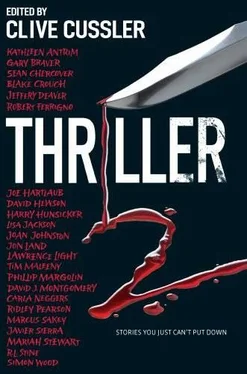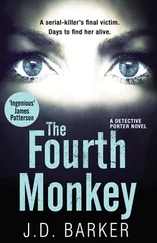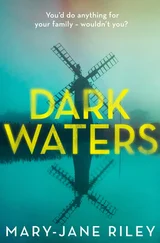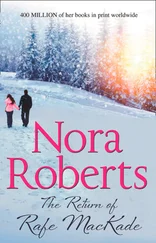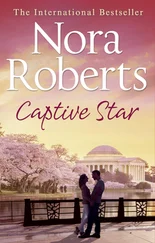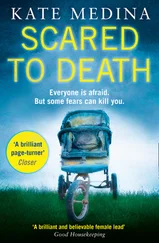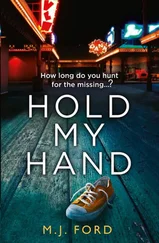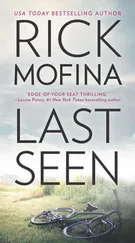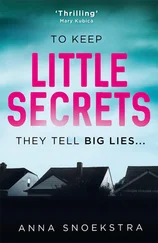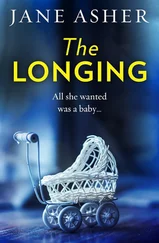But of course, January 1, 2000, had come and gone, and none of the predicted calamities ever came to pass. Francisco had moved on to other topics in his columns, and quite soon the world forgot about the crisis that never was.
“ Soho is different,” he found himself saying. “It’s quite a bit more serious.”
“Yes, I know it’s serious!” retorted the Mayan. “Everything that has to do with the sun is serious. That’s why I’m here.”
Soho, shorthand for the Solar and Heliospheric Observatory, was one of the technological playthings that had recently given NASA and the European Space Agency some of its most promising moments. From the day it was launched in 1995, Soho had sent the Goddard Space Flight Center in Maryland literally billions of data regarding the sun, its magnetic storms, sunspots and coronal mass ejections. Soho had even found the time to identify no less than 1,500 comets that were not visible from Earth. The sinister-looking Mayan, however, did not seem the least bit interested in these achievements.
Before Francisco Ruiz could change direction and escape, his inconvenient interlocutor suddenly pounced upon him like a bulldog. The impact, which caught Ruiz totally by surprise, sent the two men rolling downhill. The Mayan’s determination to immobilize him, along with his quickened breathing, now had Ruiz scared for his life. The next thing he felt was a hot sensation in his chest followed by a dreadful noise, like a drain gulping down the last mouthfuls of filth spilling out from a broken pipe. It took a few moments for Francisco to realize that the noise was, in fact, emanating from him. From his solar plexus. Then everything felt cold, as if someone had taken off his coat. A sharp pain followed. Cloudy vision. Darkness.
Then, everything went black.
The precinct commander at the Stone Avenue station in Tucson, Arizona, served himself another cup of coffee from the vending machine in the corridor without taking his eyes off of Tess Mitchell. The young woman with the blond braids and frightened eyes couldn’t stop fidgeting in the uncomfortable metal chair.
“You sure you wouldn’t like something to drink, young lady?”
She shook her head. Lincoln Lewis had just informed her that federal agents were going to take over the case of Jack Bennewitz’s death. Apparently, on his computer, they had found some interesting links between her physics mentor and various university professors in Central America, the Middle East and Europe. One of them, Juan Martorell, from the University of Mexico, had been murdered not twenty-four hours earlier in Mexico City, his body thrown from the seventeenth floor of the Hotel Reforma. In the best interests of his investigation, the police chief withheld this last bit of information.
“You and Jack were close?” he asked.
Tess nodded. They had known each other for four years. Together they had visited the most important telescopes in the U.S., and had even made a few trips out of the country, to Arecibo, in Puerto Rico and Mexico City, just a month earlier. Together they had gone to the pyramids at Teotihuacán, “the oldest astronomical observatory in the Americas,” as Bennewitz had admiringly called it.
“Did they tell you how Jack died?”
At this point, Tess had been in the police station for five hours, answering the same questions over and over again to a parade of different agents. It was clear that they had no leads. Just her. And she also knew, as the policeman she had seen on TV seemed to suggest, that they were prepared to put her through hell for as long as they could.
The young woman shook her head in response.
“A gunshot fired at him point-blank?” she guessed aloud.
“I’m afraid not, Tess. They tore his heart out, in one fell swoop. They did it with some kind of very sharp object, a blade or a prod that they sunk into him in a single motion, slicing directly through his arteries.”
The young woman’s eyes widened with fright. Now she understood that dark stain on Professor Bennewitz’s shirt.
“We know it wasn’t you,” the police chief assured her. “You wouldn’t have the strength for something like that. Plus, Jack Bennewitz died at least two hours before you got to him. In all likelihood the murder did not even occur in that office. We found no traces of blood whatsoever there, except for the stains on his clothing. They must have brought him there after they did it, sat him down and left him for someone else to find him.”
“Really?”
The police chief nodded.
“Tell me, where were you at two o’clock this afternoon?”
Tess didn’t hesitate. “I had just left the Kitt Peak observatory,” she said, swallowing air as if muffling a sob. “I was there all morning, gathering information from the main telescope. When I found what I was looking for, I went to Jack’s office to show him. From the observatory it takes about ninety minutes to get to Tucson, so I would have been on the road at around that time…”
“Right. Now, since you weren’t on campus when the crime occurred, I wonder if you could tell me if you or any of your friends saw anything unusual on campus today, either this morning or later this afternoon. Anything at all that struck you as unusual?”
Tess said nothing. She bowed her head, as if trying to extract a memory, any kind of recollection at all that might offer the police some kind of clue to aid their investigation. The matter of the butterfly seemed irrelevant and anyway, she was too embarrassed to admit that she had taken something from a crime scene, so she just put it out of her mind. In a matter of seconds she replayed her arrival at the university, the ham-and-cheese sandwich she’d eaten in the Building B cafeteria, her thoughts about the university lecture they would be attending that afternoon…“Of course!” she suddenly exclaimed. “The university lecture, that’s it!” Suppressing an incipient smile, she searched the police officer’s eyes.
“We-well,” she stuttered. “I don’t know if this means anything, but Jack Bennewitz was going to give a very important lecture this afternoon in the auditorium of the main building. His students were all very excited about it. He was going to announce a major discovery.”
“Go on, please.”
“Well, Professor Bennewitz was going to announce the results of his latest work-a theoretical model capable of predicting high-intensity solar storms and eruptions. X-class eruptions, and even higher-level ones. It was rumored that the scale might have to be raised to Z-class. He was especially concerned about a storm that could reach Z-class. He called it the Big One.”
Lincoln Lewis’s eyes opened wide. He had heard the techies in his department mention precisely those words, Big One, just minutes earlier. Several folders on the victim’s computer were filled with references to it.
The Big One.
On the sixth floor of the United States Embassy in Madrid, Eileen Garrett and Bill Dafoe of the intelligence unit were having a heated discussion about those two words. The Spanish national police had just been asking them about it, after a journalism professor at the Complutense University had been found dead in the neighborhood of Moncloa with a briefcase full of Internet printouts about the Big One, as well as original documents that bore the letterhead of the Goddard Space Flight Center. The professor’s folder was now sitting open on a conference room table at the embassy. Apparently, what the local police had found so unusual was the way the body had been mutilated: the aggressors had removed the man’s heart and, while he was still alive, thrown his body down onto the entrance to the La Coruña road from the overpass between the Moncloa tower and the university rector’s office.
Читать дальше
